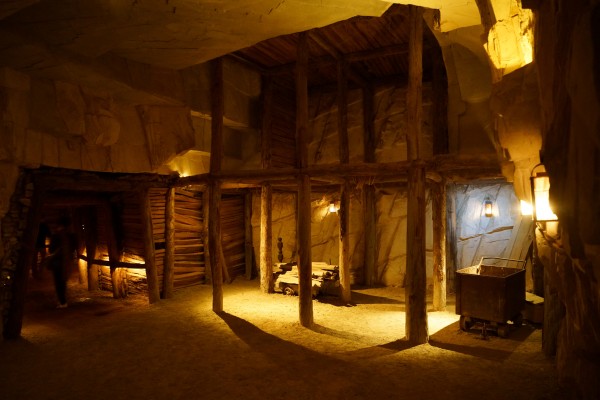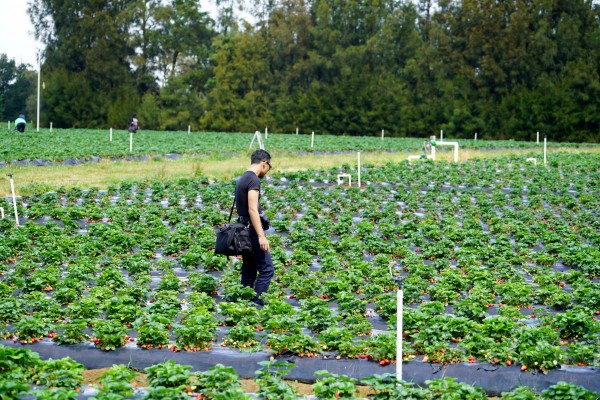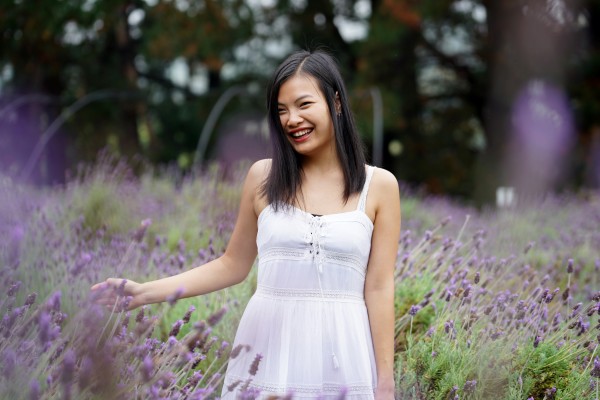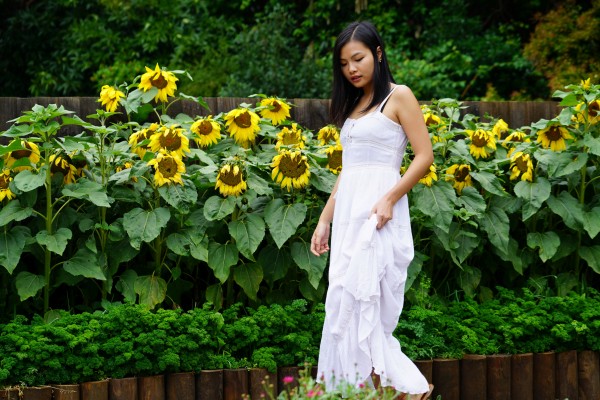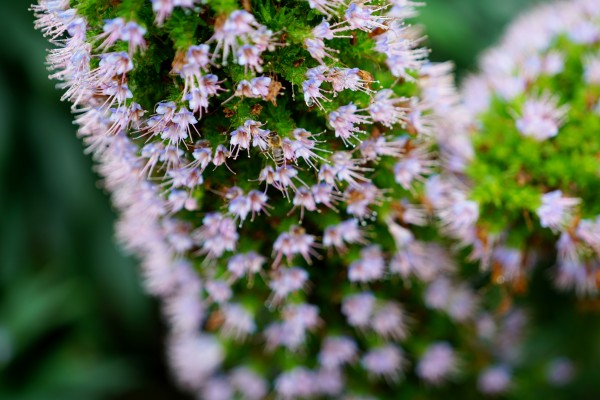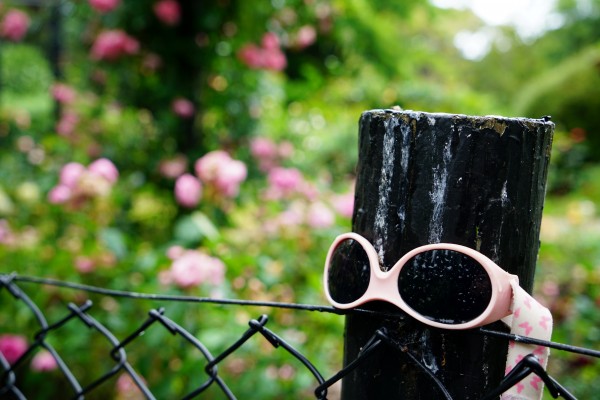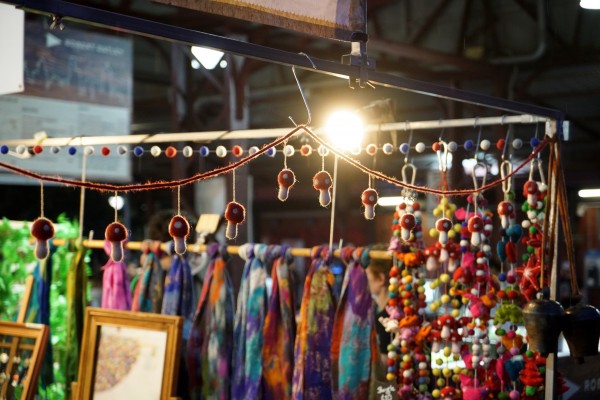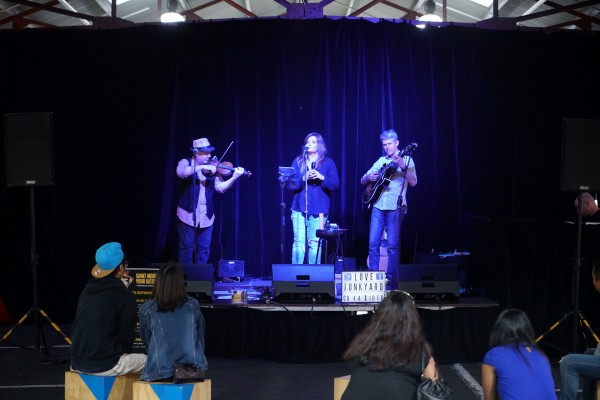Working in an online environment means we have to be versatile enough to not only write well, but also be capable in various other skills: touch typing, simple coding, and have an eye for photography and photo editing. They say a picture says a thousand words, which means no matter how much we write, a powerful photo is more than half the job done.
Given my interest in smartphone photography, exploring the incredible prowess of the best smartphone cameras around, I was offered the opportunity to test out Sony’s flagship cameras: the A7R II, A7S II and the RX100 IV. Together with other, more established photo journalists, we embarked on an extended hands on experiential session.
Now, I won’t pretend to be a seasoned photographer and bore you with technical details. In our line of work, all we need are cameras that are light, durable, and most importantly, fast – both in autofocus and in image processing. That’s perhaps why I immediately took a liking to the A7R II, the second iteration of the A7R mirrorless full frame series. Boasting an impressive 399 hybrid focus points – the highest in the A7 family – and an on-sensor optical image stabilisation module, the A7R II means serious business. And, at a retail price of RM11,999 (body only), this camera is highly specialised for very specific needs: the street photographer, the nature and wildlife photographer…and maybe online journalists?
Needless to say, jumping from my team’s current crop of three-year-old mid-range DSLRs, the A7R II was a beast. It’s light, and the full magnesium alloy body (which is also weather-sealed) gives it a rigidity that lets me know it can take a pounding in the backpack alongside my laptop and other events essentials.
In so many situations, the A7R II never failed. Low light, rain, even in a rocky boat, the camera’s incredibly fast AF speeds and OIS combine to make it exceptionally difficult to take a blurry shot. I did have to tweak the settings a little when we were in close to total darkness when we were brought to an artificial mineshaft, but virtually the entire time I spent with the A7R II, it was on Aperture Priority mode.
Sony also provided several lenses for our use, including a 24-70mm, 35mm and a telephoto 70-200mm lens. While the 24-70mm is versatile, I found that the E-mount full-frame lens lineup for the A7R II was lacking in the one lens that’s most suited for my job, an 18-135mm, which allows for short and long-distance shots without requiring additional lenses which add weight. While the 70-200mm was great and the 24-70mm quite versatile, I can’t help shaking the feeling of needing only one lens for all my needs. I assume the A7R II’s massive cropping power with its 42MP full-frame sensor should compensate somewhat, but that adds another layer of processing which can be time-consuming.
I was also told that the A7R II has much better AF performance with a metabones adapter for other camera lenses compared to the past, but this was something I was not able to test during my time with the camera. Not to forget, the A7R II is also capable of 4K video recording.
On the other hand, battery life was also pretty evident to be one of the A7R II’s weaknesses. Sony pegs the battery life at about 315 shots, and that’s about right. If you’re the trigger-happy type, know that the A7R II will run out of juice really quickly.Interestingly, the A7R II can be charged via microUSB similar to a smartphone, so in dire situations when you haven’t got enough battery packs, a good old power bank will be a tremendous help.
Nevertheless, the experience using the A7R II was really impressive. As a camera it excels even when compared to DSLRs in its price range – the 399-point AF and five-axis OIS being a compelling combination – but let’s not forget the A7R II is also a smart camera, with built-in WiFi and NFC. Pairing with a smartphone is dead simple with the PlayMemories Mobile app, and Sony’s tweaked the app a little bit when it comes to transferring photos (since the last time I used it, at least). Now, users need only go to the photo they wish to transfer to the phone, and tap the phone while the app is running; the app automatically registers the command and initiates a transfer. At first launch, the app goes straight to the remote viewfinder feature.
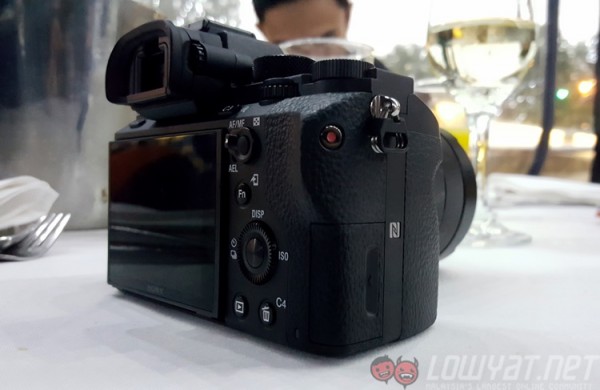
In all, shooting with the A7R II highlights one of the job hazards we face: not being able to afford a product with the full knowledge of just how great it is. The A7R II is blazingly fast – even when shooting at its full 42MP resolution – and autofocus did not fail on me whatsoever; there was no AF hunting, or “wrong” AF locks. Colour reproduction was also almost always perfect in most lighting conditions, but I’ll let the image samples do the talking.
Images below have been lightly edited, and full-res samples can be viewed by opening the images in a new tab.
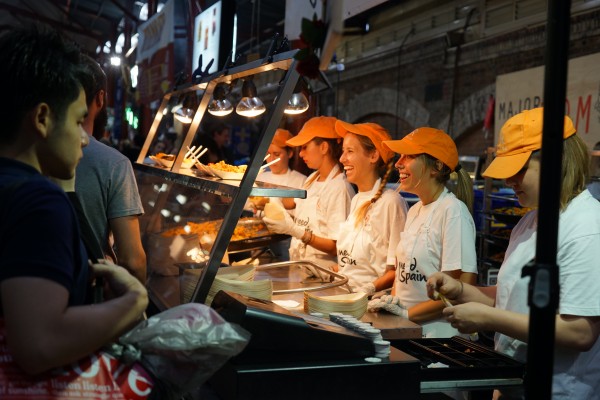 f/4, 1/160 sec, ISO 1000
f/4, 1/160 sec, ISO 1000
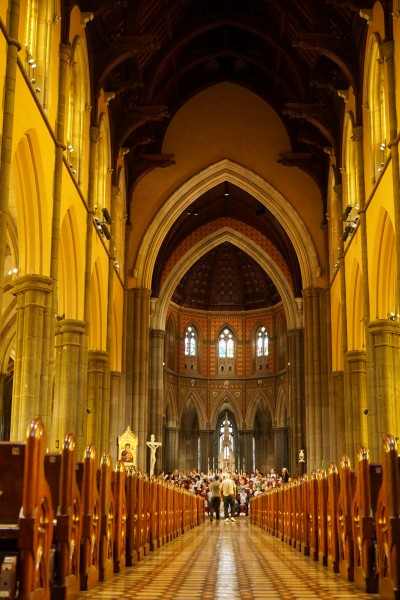 f/4, 1/80 sec, ISO 6400
f/4, 1/80 sec, ISO 6400
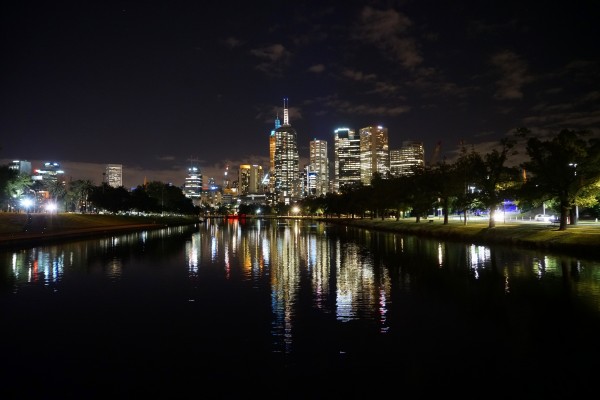 f/4, 1/15 sec, ISO 12800
f/4, 1/15 sec, ISO 12800
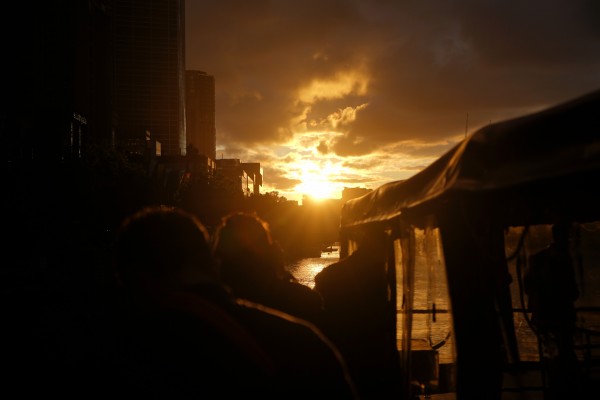 f/4, 1/1250 sec, ISO 50
f/4, 1/1250 sec, ISO 50
 f/4.5, 1/250 sec, ISO 100
f/4.5, 1/250 sec, ISO 100
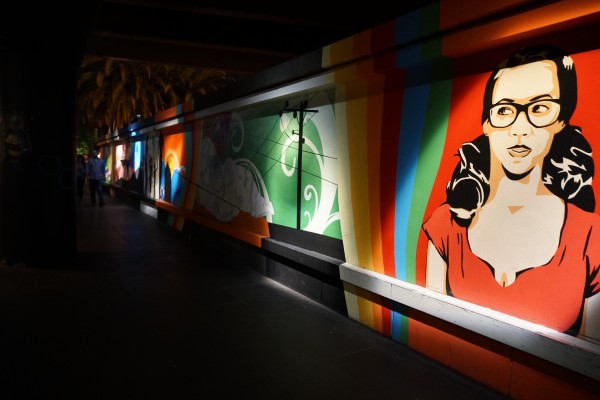 f/4, 1/30 sec, ISO 6400
f/4, 1/30 sec, ISO 6400
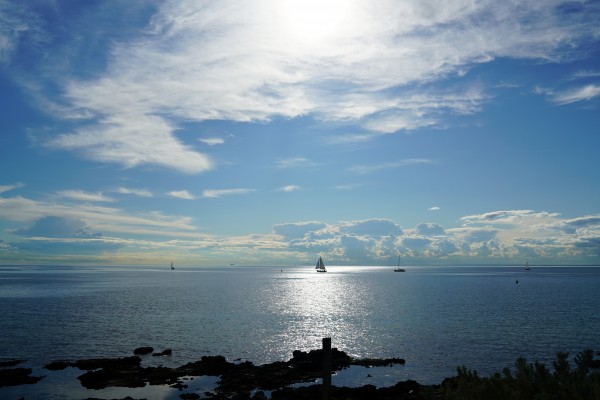 f/5, 1/3200 sec, ISO 100
f/5, 1/3200 sec, ISO 100
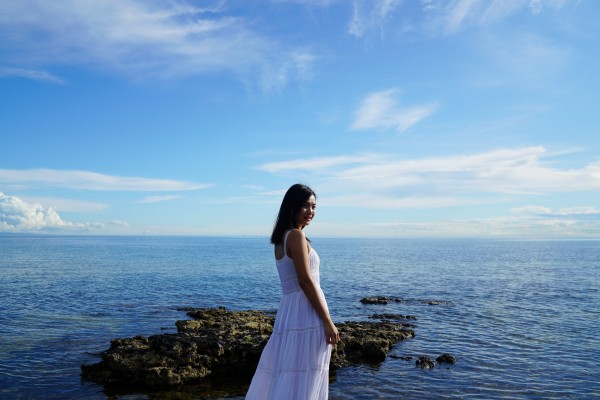 f/5, 1/1000 sec, ISO 100
f/5, 1/1000 sec, ISO 100
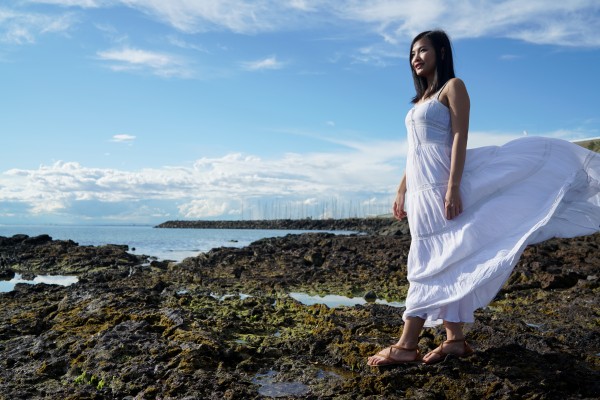 f/5, 1/800 sec, ISO 100
f/5, 1/800 sec, ISO 100
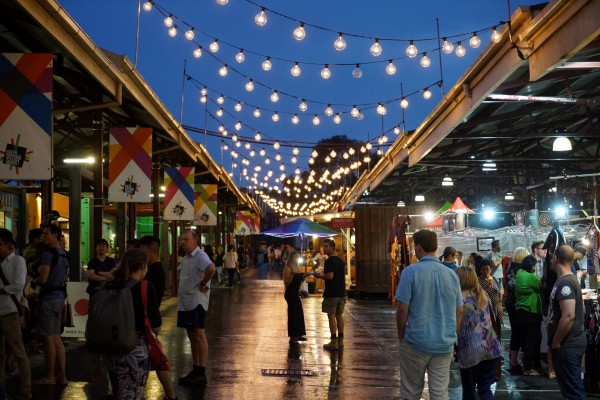 f/4, 1/160 sec, ISO 4000
f/4, 1/160 sec, ISO 4000
Follow us on Instagram, Facebook, Twitter or Telegram for more updates and breaking news.

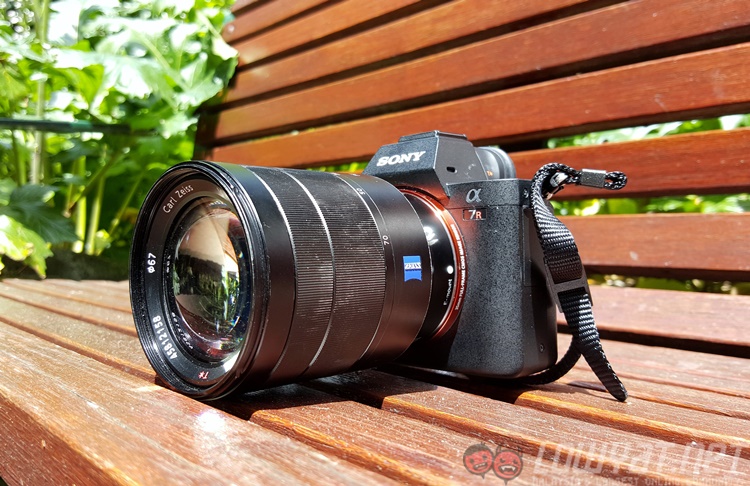
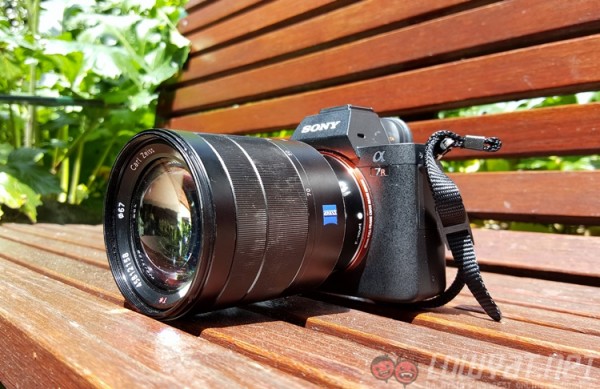
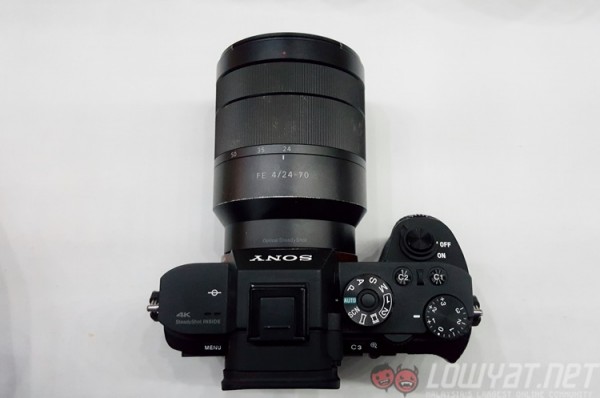
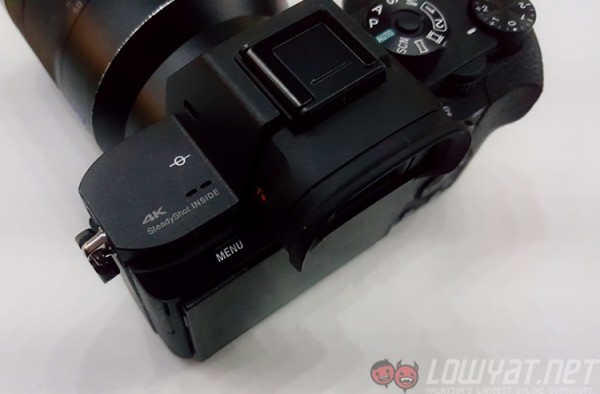
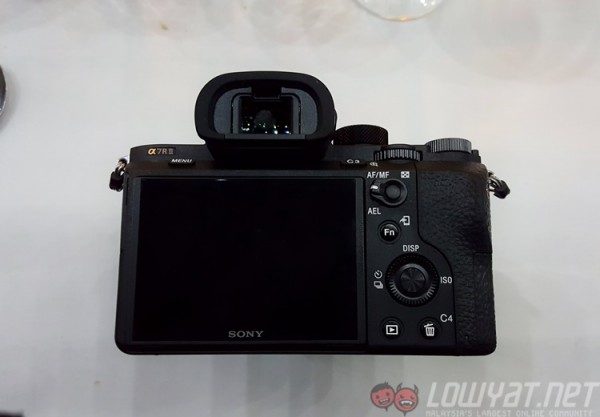
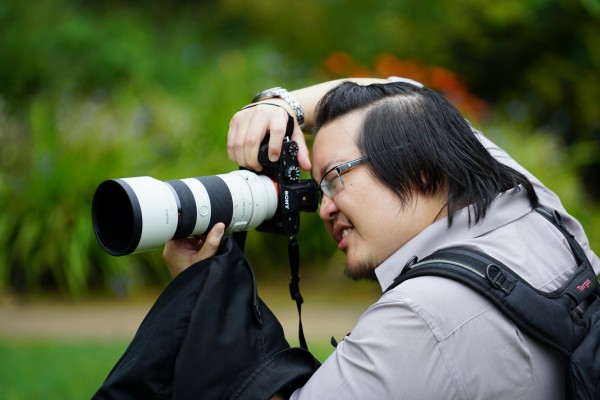
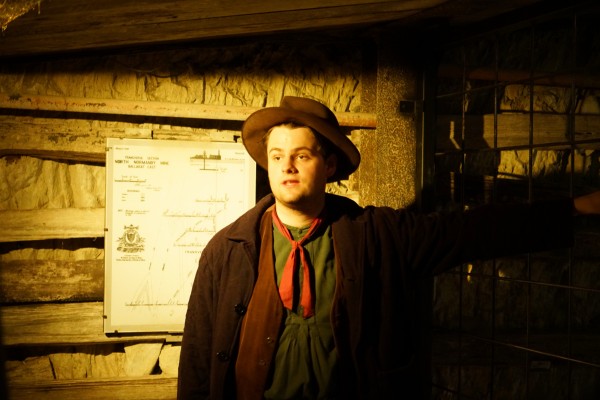 f/4, 1/2 sec, ISO 6400
f/4, 1/2 sec, ISO 6400